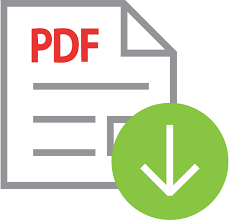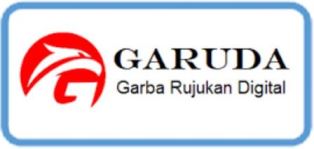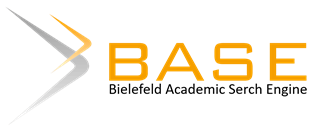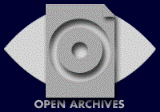Validity Analysis Of Filling And Sealing Bottle In Smart Manufacturing Industry 4.0 (SMI) T201
 ), Winda Agustiarmi(2), Putra Jaya(3), Yasdinul Huda(4),
), Winda Agustiarmi(2), Putra Jaya(3), Yasdinul Huda(4), (1) Universitas Negeri Padang
(2) Universitas Negeri Padang
(3) Universitas Negeri Padang
(4) Universitas Negeri Padang
 Corresponding Author
Corresponding Author
DOI : https://doi.org/10.24036/voteteknika.v13i1.133197
Full Text:
 Language : id
Language : id
 Language : id
Language : id
Abstract
References
R. Hidayat and A. Rachman, "Penerapan Teknologi Industri 4.0 dalam Proses Manufaktur di Indonesia," J. Teknol. Manuf., vol. 12, no. 3, pp. 102-115, 2021.
S. Syaiful and M. Supriyadi, "Mesin Smart Manufacturing: Pendekatan dalam Industri Manufaktur yang Memanfaatkan Teknologi Canggih," Jurnal Teknologi Manufaktur, vol. 14, no. 3, pp. 45-52, 2020.
T. Wijayanto and S. Nugroho, "Teknologi Pengemasan dan Pengisian dalam Industri Pangan," J. Teknol. Pengolahan Pangan, vol. 5, no. 3, pp. 50-57, 2010.
D. Haryanto, "Pengaruh Proses Sealing terhadap Kualitas Produk Pangan," J. Teknol. Pangan dan Hasil Pertanian, vol. 7, no. 2, pp. 103-110, 2013.
S. Arikunto, Dasar-dasar evaluasi pendidikan (Edisi Revisi). Jakarta: Bumi Aksara, 2016.
Sugiyono, Metode Penelitian Kuantitatif, Kualitatif, dan R&D. Bandung: Alfabeta, 2017.
R. F. DeVellis, Pengembangan skala: Teori dan aplikasi (edisi ke-4). Sage Publications, 2017.
R. Hidayat and D. Putri, "Penerapan Indeks Aiken untuk Menilai Validitas Instrumen Pengukuran Keterampilan Belajar Siswa," J. Pendidikan dan Evaluasi, vol. 10, no. 1, pp. 45-58, 2018.
S. Yadanar, Human Machine Interface System for Filling and Capping Process, Myanmar, 2018.
S. Widodo and A. Suryani, "Analisis Validitas dan Reliabilitas Soal Ujian dengan Menggunakan Indeks Aiken," J. Evaluasi Pendidikan, vol. 23, no. 2, pp. 184-195, 2020.
M. Sitorus, "Teknologi Pengemasan: Prinsip dan Aplikasinya dalam Industri Pangan," Jurnal Pengolahan Pangan, vol. 8, no. 1, pp. 12-18, 2012.
A. Ariyanto and H. Hidayat, "Inovasi teknologi dalam filling and sealing: Kemajuan teknologi dalam pengisian dan penyegelan," Jurnal Teknologi Industri, vol. 15, no. 2, pp. 123-135, 2020.
N. Sudjana, Metode Statistika untuk Penelitian Pendidikan dan Sosial, 2nd ed. Bandung: Tarsito, 2019.
S. Kumar and A. Sinha, Introduction to Quantitative Research Methods: A Guide for Social Scientists, 1st ed. New York: Routledge, 2021.
D. Kurniawan and A. Setiawan, "Optimizing bottle filling systems: Overcoming precision and sealing challenges in automated processes," Int. J. Ind. Autom., vol. 34, no. 5, pp. 1556-1568, 2019. [Online]. Available: https://doi.org/10.1109/ijia.2019.2347462
R. Natawidjaja, Metodologi Penelitian Pendidikan, Bandung: Remaja Rosdakarya, 2008.
S. Arikunto, Prosedur Penelitian Suatu Pendekatan Praktik, Jakarta: Rineka Cipta, 2015.
 Article Metrics
Article Metrics
 Abstract Views : 23 times
Abstract Views : 23 times
 PDF (Bahasa Indonesia) Downloaded : 15 times
PDF (Bahasa Indonesia) Downloaded : 15 times
 PDF (Bahasa Indonesia) Downloaded : 2 times
PDF (Bahasa Indonesia) Downloaded : 2 times
Refbacks
- There are currently no refbacks.

This work is licensed under a Creative Commons Attribution-ShareAlike 4.0 International License.



.png)


.jpg)




